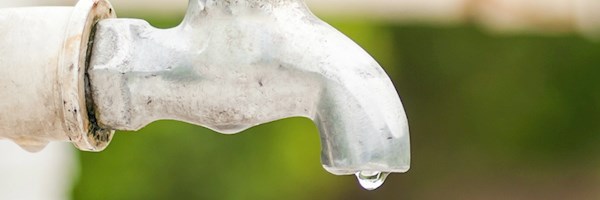With water becoming an increasingly scarce resource, we need to do all we can to conserve it. Here's how you can save water in your garden.
Climate change is an undeniable fact and South Africa is not immune to the impact it has. Worldwide, temperatures are rising, leading to lower rainfall with higher temperatures in certain areas and higher rainfall with extreme flooding in other areas.
Steve van Wyk, MD at Seeff Centurion, says over the past few years most of South Africa has experienced drought to a certain extent. “Lately the Western Cape, Eastern Cape and the North West Province have all been subject to very low rainfall. In Cape Town for example, residents were limited to 50L water per person per day. Our ability to dam our rivers has diminished as we have already dammed most rivers”.
Van Wyk says one solution is to limit the impact of low rainfall is by undertaking the following measures.
“This can firstly be done by collecting water from the roof of the house into a Jo-Jo tank or a cement tank. Secondly, one can test for underground water and install a borehole and thirdly it is important to make use of grey water from the shower, bath or kitchen. Lastly it is crucial to limit your water usage wherever possible”.
Van Wyk continues that watering your garden and lawn accounts for many cases of excess water use and wastage.
He offers the following Water Wise tips with regard to gardening:
- Replace all or part of the lawn with synthetic grass.
- Brickpave certain areas.
- Cover certain areas with round stones, pebbles, wood chips or quarried stone.
- Only plant shrubs that are drought resistant or require minimal water.
- Use shade cloth netting to reduce evaporation.
- Dig in huge amounts of compost which contains organic matter into the flower beds to retain water.
- Putting mulch between plants reduces evaporation
- Only water in the morning or evening, or better still use drip irrigation. Rather water less frequently with plenty water than a little water every day so that the water gets to the roots.
- Where possible plant shrubs that can create windbreaks as well as shade.
- Remove all invasive and exotic plants and shrubs that require excess water.
- Only plant indigenous plants and shrubs that require minimal water.
- Take note of the sun, shade, wind and soil type before you plant.
- By regular weeding, thinning and pruning you will reduce the amount of water needed.
- Don’t mow the lawn too short as the roots will tend to dry out quicker.
- Ground cover reduces weeds, keeps the soil cool and reduces erosion.
